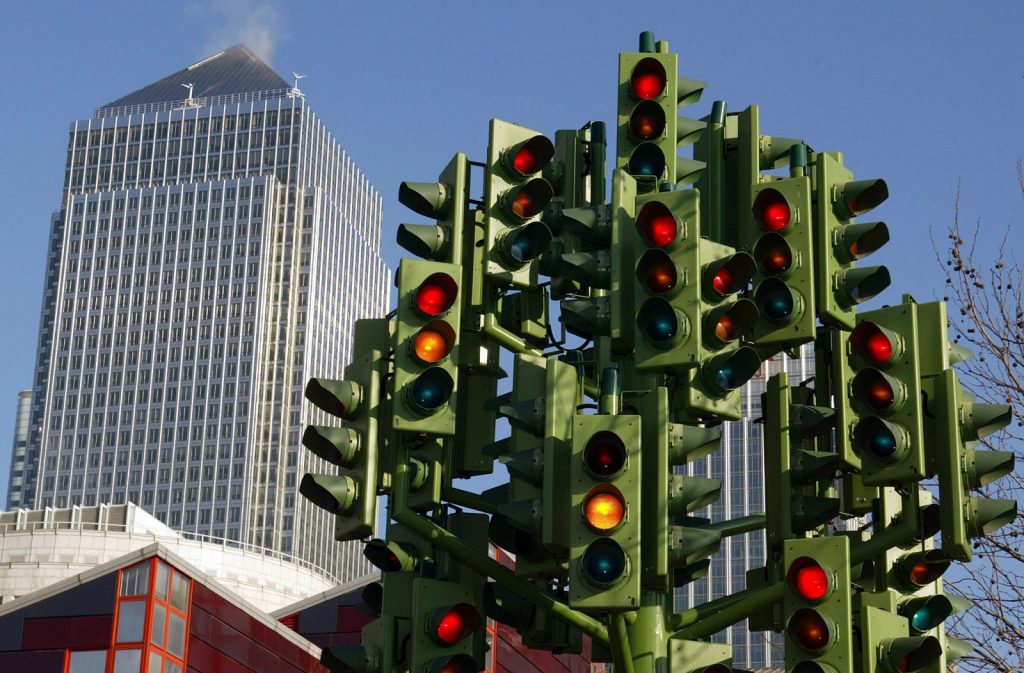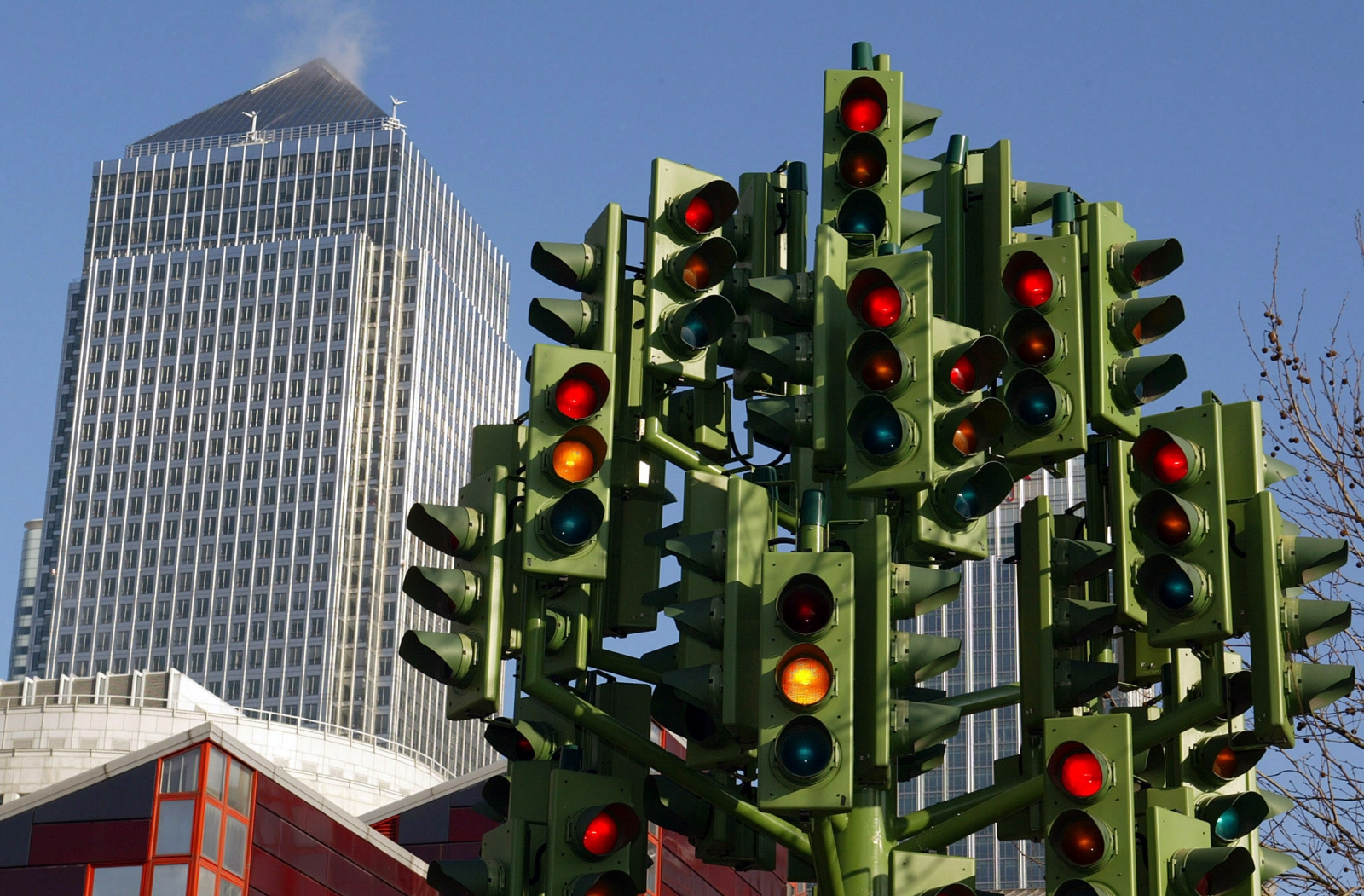
Traffic lights are a fundamental component of modern traffic control systems, designed to regulate the flow of vehicles at intersections and ensure safety on the road. They consist of signal lights displaying different colors—red, yellow (or amber), and green—each conveying specific instructions to drivers and pedestrians.
The color scheme of traffic lights—red, yellow (or amber), and green—has a crucial role in ensuring safe and efficient traffic flow on roads. The selection of these colors and their significance is deeply rooted in psychology, human perception, and historical context.
1、Red Light
Signal: The red light signals drivers to come to a complete stop.
Meaning: It universally signifies danger, caution, and the need to halt, ensuring safety at intersections and preventing potential collisions.
2、Yellow (or Amber) Light
Signal: The yellow light serves as a warning or transition between red and green lights.
Meaning: It advises drivers to slow down and prepare to stop as the signal is about to change. It promotes a smooth transition and helps prevent abrupt stops.
3、Green Light
Signal: The green light permits vehicles to proceed through the intersection.
Meaning: It universally signals safety and permission to go, enabling traffic to flow smoothly and efficiently.
The sequence and duration of these lights are carefully timed to optimize traffic flow and minimize congestion. Traffic light systems are often interconnected and synchronized to create a green wave, allowing a continuous flow of vehicles through multiple intersections.
In addition to the three primary colors, traffic lights can also incorporate additional signals, such as left or right turn arrows, providing specific instructions for turning movements. These additional signals enhance traffic management and improve safety at complex intersections.
Furthermore, advancements in technology have led to the integration of sensors and smart control systems, allowing traffic lights to adapt to real-time traffic conditions. Adaptive traffic lights can adjust signal timings based on traffic volume, reducing wait times and improving overall traffic efficiency.
In summary, traffic lights are a crucial aspect of urban infrastructure, effectively guiding and managing vehicular and pedestrian traffic to ensure safety, reduce congestion, and facilitate the smooth movement of vehicles at intersections.
